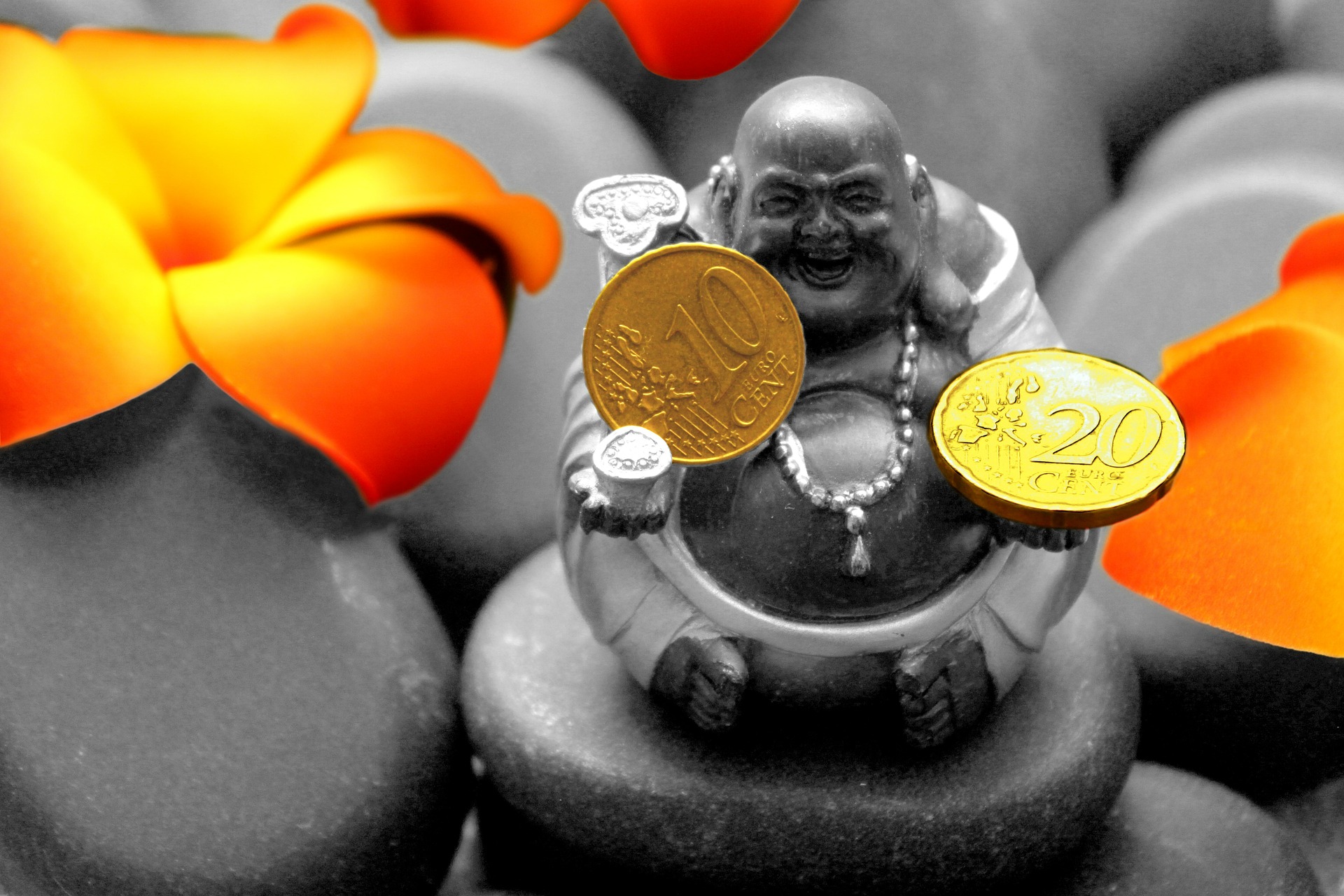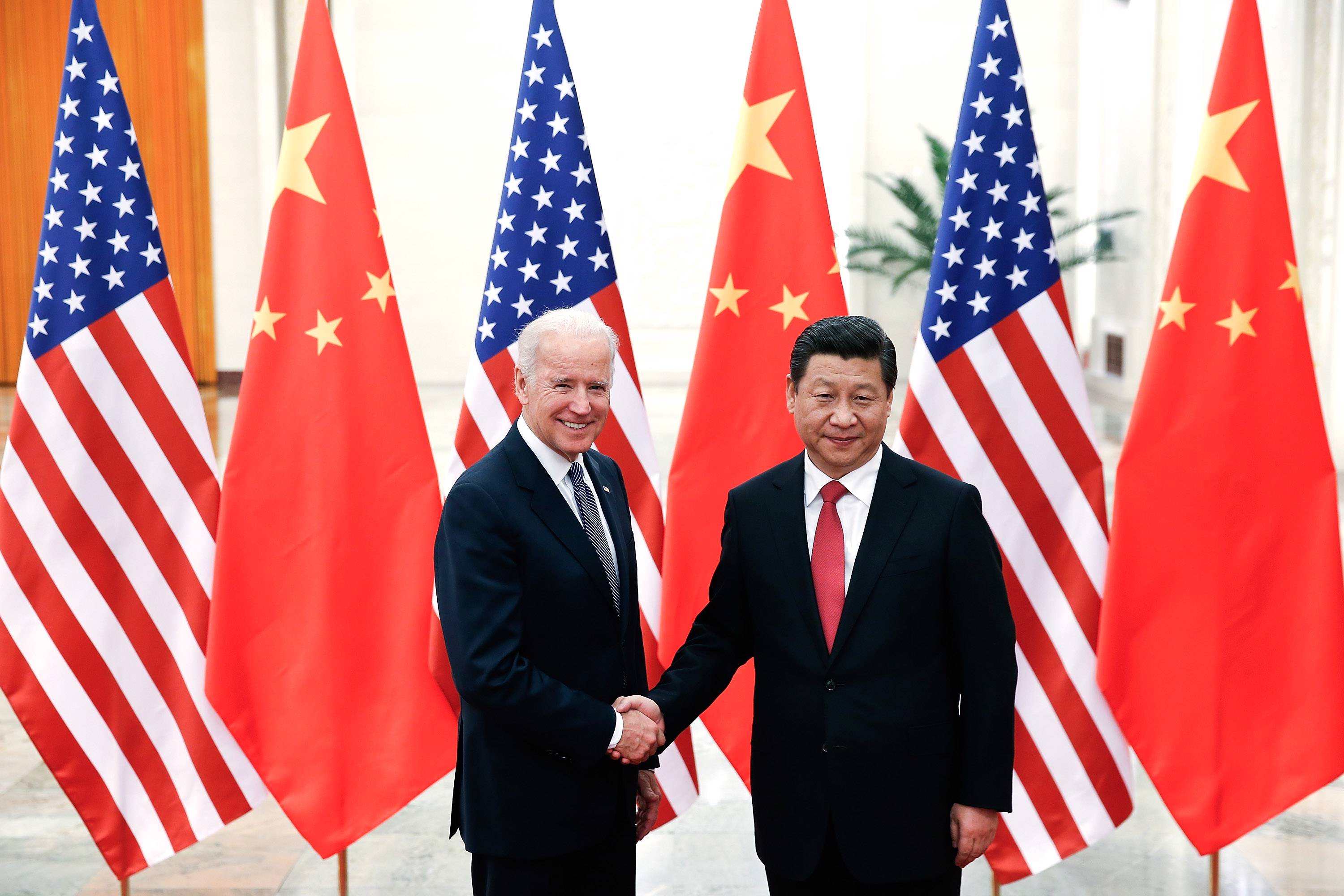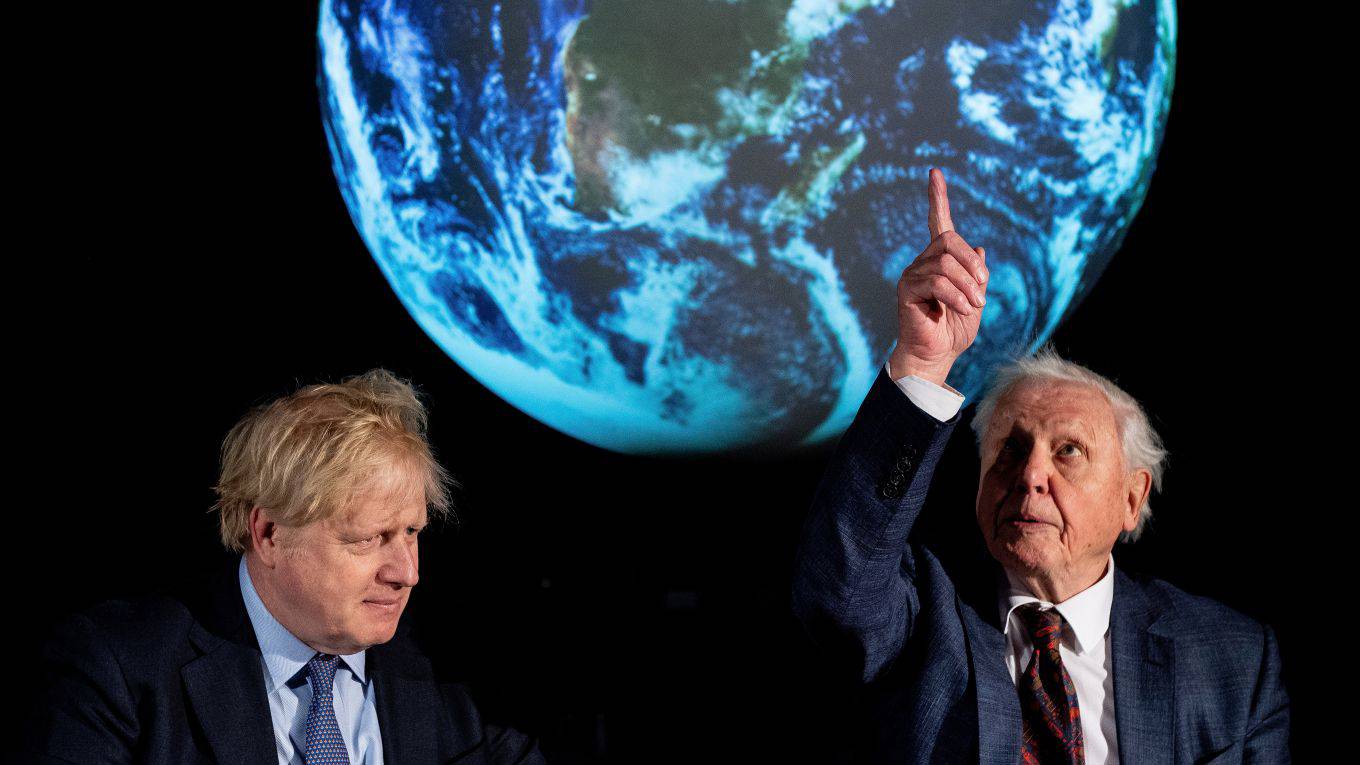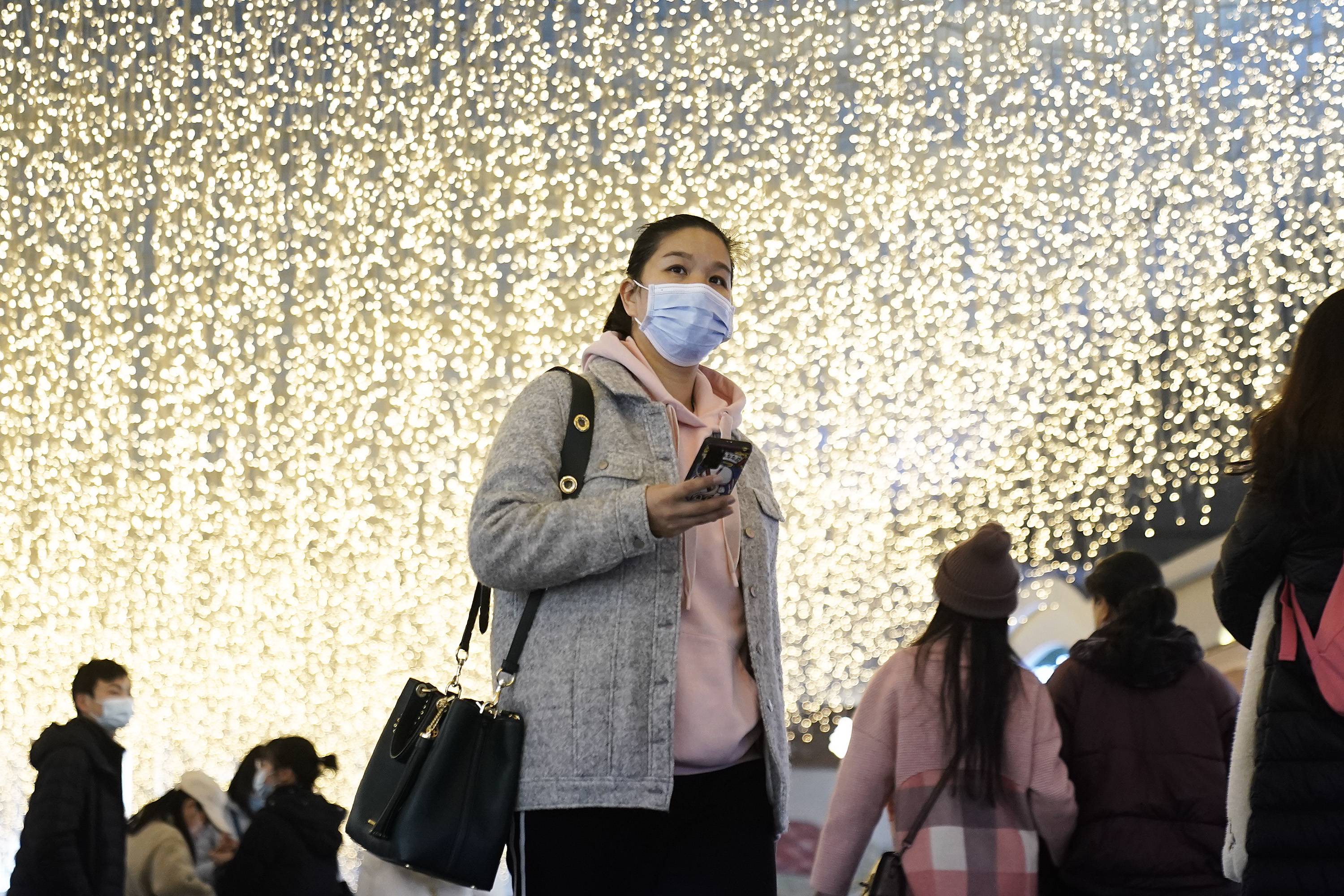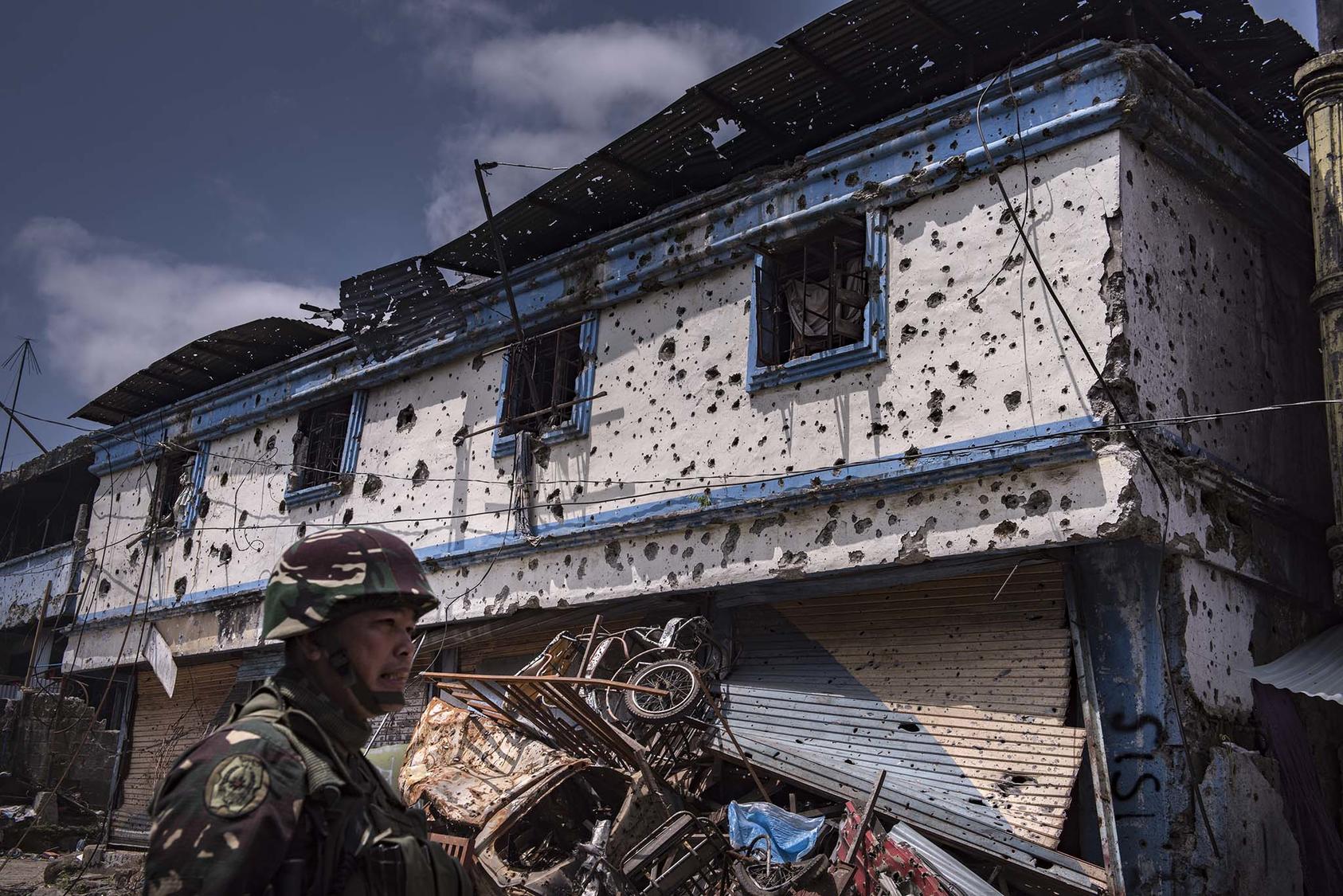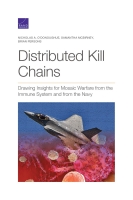
As economic powerhouses, cities drive growth and innovation, create jobs, improve livelihoods, and advance prosperity. In India, cities contribute around 70% of the country’s GDP and approximately 25–30 people migrate to Indian cities from rural areas every minute. But cities have also been epicentres of the COVID-19 pandemic which has exposed existing fault lines in South India’s largest urban agglomerations, including wide economic disparity, inadequate access to affordable housing, suboptimal land utilization and inefficient planning, and unequal access to core public services. The impact has been profoundly different on different segments of the population. The poor and vulnerable, including migrant workers and urban poor, have suffered from the dual blows of lost income and weak social protection coverage. The pandemic has also laid bare gender-based imbalances in public and private life in urban areas in India.
The pandemic can be a turning point in India’s urban journey if we draw the right lessons and translate them into lasting change. It presents a historic opportunity to build back better and create a new urban paradigm – one that enables Indian cities to be healthier, more inclusive, and more resilient. The World Economic Forum’s report entitled Indian Cities in the Post Pandemic World highlights India’s most pressing urban challenges that were further exacerbated by the pandemic. The report, produced in collaboration with IDFC Institute in Mumbai, India, provides insights for translating the lessons learned from the pandemic to an urban reform agenda across seven thematic pillars: planning, housing, transport, environment, public health, gender, and vulnerable populations. The insights have been compiled through extensive interviews and consultations with 14 leading global and Indian urban experts.

